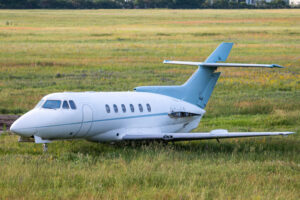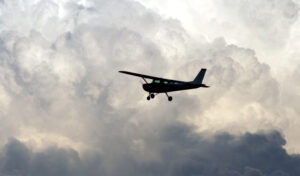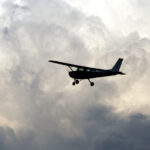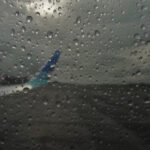Talking to control may not mean clearance to enter Class C airspace
Previously I confessed that I answered an online quiz question about Class B airspace incorrectly. Might as well keep the ball rolling and confess my Class C airspace blunders and take a look at the rules.
Class C airspace extends from the surface up to 4000 feet AGL with an operating control tower and radar approach control. The airspace is individually tailored but usually consists of a 5 NM radius that extends from the surface to 4000 feet with a 10 NM shelf that extends from 1200 to 4000 feet AGL.
Two-way radio communication must be established prior to entry into Class C, but what exactly constitutes two way communication? Specifically, if the controller responds to your initial request by using your call sign, you can enter the Class C, regardless of what the instruction was (unless of course, said instruction was to “remain clear of the Class Charlie airspace”). Even if the controller says your call sign but then says standby, you are considered cleared in. On the other hand, if the controller responds to your initial call but does NOT use your call sign, keep doing 360s outside of the Class C boundary – you have not been cleared for entry.
And what about that pesky airspeed rule that says “no aircraft may operate at or below 2500 feet AGL within 4 NM of the primary airport within Class C airspace at an indicated airspeed of more than 200 kts”? That rule has snuck up on me more times than I care to admit. And just so you know, if the controller says “maintain best forward speed”, that is not an authorization to exceed 200 KIAS within the Class C. On the other hand, if the controller tells you to maintain 220 kts, you are now legal to bust the 200 KIAS rule…but ONLY if you are given a specific speed.
As in Class B airspace, a large or turbine powered aircraft operating in Class C airspace must enter the traffic pattern at or above 1500 feet AGL and must also remain at or above the glide slope or VASI. Also, when departing from a satellite airport within Class C or D airspace, a pilot must establish radio contact with the controlling facility as soon as practical after departing. As with Class B airspace, know before you go! Refer to your charts before takeoff to know exactly where you are relative to the primary airport. And if the weather is IFR, you must receive your clearance before departure, more than likely with a void time attached.
That’s it for the Class C airspace gotchas. Stay tuned for Class D next!
RELATED CTS TRAINING









